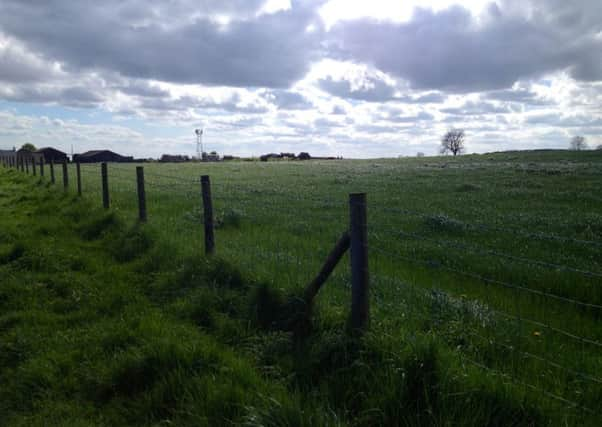Farmland value dip sparks sales warning


Average land values fell by 0.4 per cent during the first quarter of 2016 with a lack of transactional evidence leading to a number of regions recording no change in values, according to Savills.
The land agents’ most recent analysis of the market found that there currently appears to be little correlation between the levels of supply and change in land values at a regional level. Although the East Midlands was an exception with supply there having increased by two-thirds compared with the same period a year ago, while values have decreased.
Advertisement
Hide AdAdvertisement
Hide AdAndrew Black, head of farm agency for Savills in Yorkshire and the North, said that looking ahead exceptional prices may still be achieved “if all the right factors come together”, but conversely it is very likely that there will be more farms where potential sales fail to meet expectations.
Mr Black added: “We expect values in the future to be much more varied with markets becoming localised.”
Land values are stagnating after years of growth. Between 2004-2014, average farmland values had increased by 277 per cent and the average supply of farmland publicly marketed was just over 130,000 acres, figures from Savills show.
To mark The Queen’s 90th birthday, the firm has taken a look at the performance of UK farmland values through the last nine decades. They found that when Queen Elizabeth II was born in 1926 average farmland values were £30 per acre, compared to £8,000 today.
Advertisement
Hide AdAdvertisement
Hide AdLand prices hardened after the UK Marketing Boards were set up in 1931 and when the Second World War created the need for greater output, a 50 per cent increase in arable area brought guaranteed prices.
After the war, in 1950, 675,000 acres were traded in England and since then the traded volume has slowly fallen and in 2000 had reduced to around 200,000 acres.